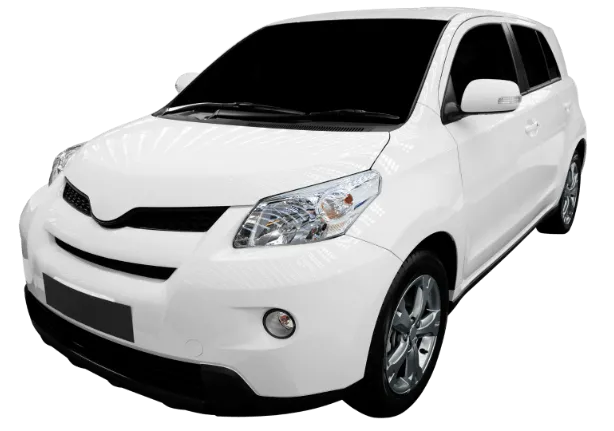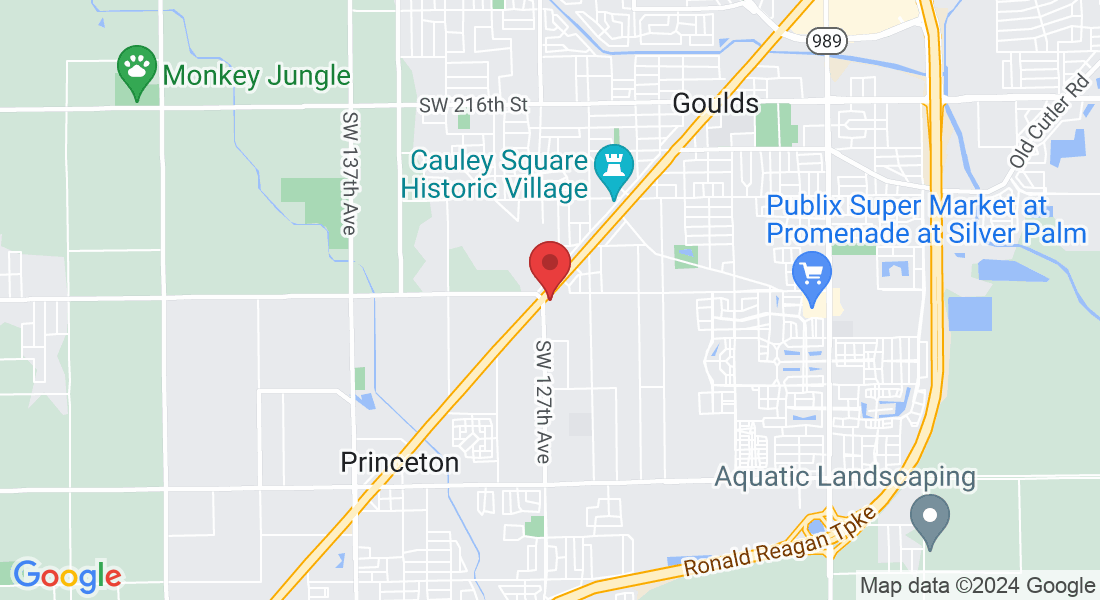Read Our Newest Blogs
Lorem ipsum dolor sit amet, consectetur adipiscing elit. Aliquam

This guide will help you ensure that your car's window tinting is done correctly. Here are some signs that your car's window tint needs to be replaced. The global market for window tint is over $10 billion. This is because many people use window tints to protect their cars and themselves.
You can tell if your window tint is damaged by several signs. Here are some of the common signs:
1. Bubbling or Peeling
Bubbles or peeling are two of the most noticeable signs that you need to replace your window tint. It is possible that the window tint will bubble or peel if it has not been installed properly. If the surface of your window has not been properly prepared or the tint isn't applied evenly and smoothly, this can happen. A lower-quality window tint or one that is cheaper may be more susceptible to peeling or bubbling because of inferior adhesives or materials. Window tint can expand and contract when exposed to heat. As window tint ages, it may peel and bubble. It's time to change the adhesive if you see bubbles or peeling in the tint.
2. Fading or Discoloration
It may be time to replace your window tint if it has begun to fade or change color. Window tint can fade or change color over time due to exposure to UV rays. The UV rays are responsible for breaking down the pigments or dyes that make up the tint. A lower-quality window tint can be more susceptible to discoloration or fading due to inferior dyes and pigments. A poor installation can also lead to window tint discoloration or fading. If you did the job yourself, then it may be time to hire professionals to do the auto tinting. The tint may not adhere to the window properly if it is not installed correctly. This will allow UV rays through the tint, which can cause it to fade. When you use harsh cleaning products or abrasive material to clean your window tints, they can fade or discolor with time. Window tint can fade or discolor due to exposure to pollutants, dirt, and chemicals.

3. Scratches and Damage
It may no longer provide the same level of protection as it used to if your window tint is scratched or damaged. Scratches may also cause weak spots in the tint that make it more vulnerable to peeling or tearing. When using abrasive materials such as steel wool or rough sponges to clean windows, they can scratch the tint. When cleaning tinted glass, it's best to use soft towels or cloths and gentle cleaning products. If they are in contact with the window tint, sharp objects like keys, jewelry, or other metals can scratch it or damage it. Window tint that is not properly installed may be more susceptible to damage or scratches due to uneven surfaces or other issues. If the windows aren't properly protected, extreme weather conditions such as heavy snowfall or hail can scratch or damage window tint.
4. Difficulty in Seeing
It can be difficult to drive in low light or at night if your window tint is too dark. It can pose a safety risk and you may need to change the tint for a lighter color. Other factors can also make it difficult to see. There are different shades or levels of darkness for window tinting. It can be difficult to see out of the window if the tint is too dark. The angle at which the sun is reflected can make it difficult to see through the tint. This is especially true when the window faces directly into the sunlight or at a steep angle. The tint can be less visible if the window has scratches or damage.
5. Legal Issues
There may be state laws that regulate how dark you can tint your car windows. You may receive a ticket or be required to remove your window tint if you are pulled over with a too-dark tint. In most places, laws regulate the amount of darkness in window tint. It is expressed in percentages of visible light transmission. The darker the tint, the lower the percentage. You should ensure that the tint you use is within your state's or country's legal limits. Most states restrict or prohibit tinting on the front or side windows. It can make it harder for drivers to see, especially in the dark. In some areas, the amount of reflectivity in window tint is regulated. Highly reflective tints are not recommended because they can cause glare and be distracting to other drivers. Some states offer medical exemptions to those who need a darker tinted window for medical reasons. These exemptions require a prescription from a physician and may be subject to specific regulations. Violations of window tint laws may result in fines or even legal action. To avoid legal problems, it's vital to make sure that your window tint falls within the legal limit.

6. Difficulty in Rolling Down Windows
It may be necessary to replace the tint if it interferes with the operation of your windows. The window tint may prevent the window from moving up and down freely. The tint may be too thick or not cut properly. The tint may have to be reinstalled or adjusted in this situation. The adhesive used to attach the tint film can sometimes interfere with window movement. It is especially possible if the adhesive has been applied unevenly or too thickly. In this case, it may be necessary to remove the tint and then reinstall using a new adhesive. The window regulator (the mechanical device that controls window movement) may have been damaged in the process of installing the tint. It can occur if an installer applies too much force to the window or uses tools that damage the regulator. The regulator may have to be replaced or repaired if this happens.
Schedule an Appointment for Window Tint Replacement Today
It's important to get your window tint professionally inspected if you see any of these signs. Are you ready to start? Contact us if you live in Homestead, Florida.

Contact
Hours:
Monday - Saturday
9am - 5:30pm
Sunday
10am - 2pm
© 2025 Black Diamonds Tinting Garage - All Rights Reserved,



